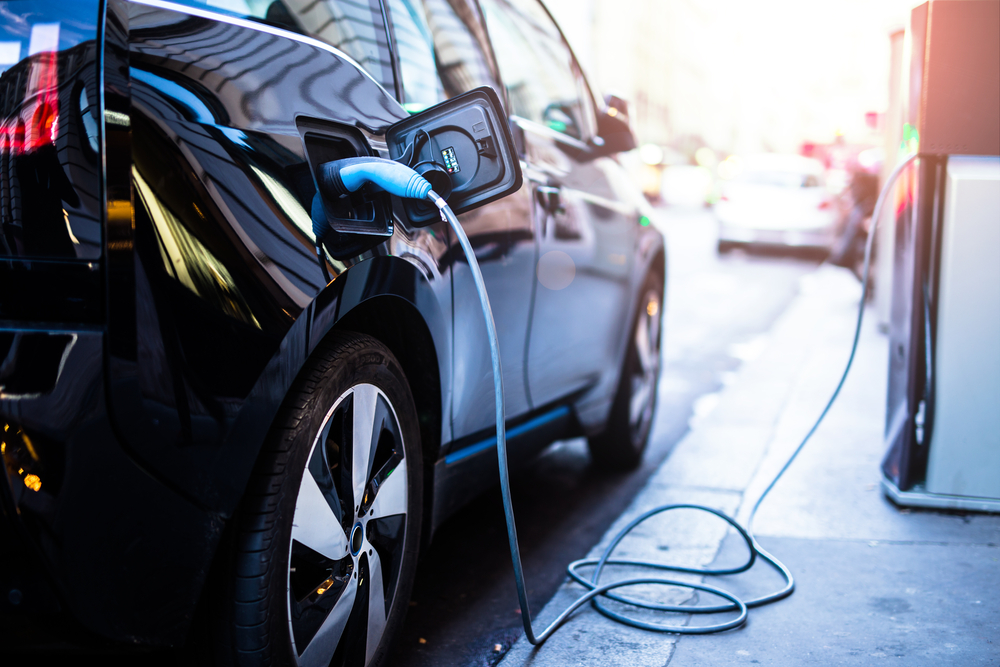
There are myriad of rebates and incentives for purchasing some form of a hybrid or electric vehicle. These rebates and incentives are provided by both the federal government and state governments, which can add to the confusion in terms of which ones you qualify for. While each state has their own qualifications, if you meet them, you can even double up on your incentives/rebates by qualifying for both the federal and state ones.
However, we're going to focus on the federal tax incentive that's being offered, which is a part of the American Recovery and Reinvestment Act. It can range from a tax credit of $2,500 to $7,500. But in order to qualify for it, you have to consider all of the following:
Vehicle Requirements
The actual requirements of qualifying for the tax rebate, which, as mentioned, can range from $2,500 to $7,500, depends on the size of the battery in the vehicle. At the bare minimum, the vehicle has to have a 4 kWh battery pack. That qualifies it for a $2,500 tax credit. For every additional kWh above 4 kWh, the vehicle qualifies for an additional $417 in tax credit, all the way up to $7,500. A 16 kWh battery pack is where it tops off.
It applies to all-electric and plug-in hybrid vehicles that were purchased from 2010 onwards, up to the first 200,000 sold by the manufacturer.

How to Claim It
In order to claim the tax credit, you have to fill out IRS Form 8936 when filing your tax return. It's a fairly straightforward process, and the form itself can be located here: //www.irs.gov/pub/irs-pdf/f8936.pdf.
However, there are some additional qualifications that you will have to meet, which are:
- Conversions don't qualify - The vehicle has to be made by a manufacturer that complies with the Clean Air Act, title II, and has a gross vehicle rating, known as a GVWR, of 14,000 pounds or less.
- It has to be a brand new vehicle for personal use - It can't be a used vehicle when purchased. In addition, it can't be bought for the purposes of being resold.
- The claim must be made the tax year that it's purchased - In addition, the vehicle has to be used mainly in the United States.
- It most likely can't be leased - In the majority of circumstances, the leasing company is the one that claims the tax credit, which allows them to provide you with a better lease agreement. If you want to qualify for the credit, it has to be purchased brand new, unless you check with the lease company beforehand.
Remember to also do a Google search to see what rebates/incentives may be offered by your state and local governments. You can really save a lot of money if you double up on both. And if you haven't thought about purchasing one of these vehicles, you should consider it. They're extremely in high quality and have improved by leaps and bounds in recent years compared to some of the first models that were offered in the past.







 Share on Facebook
Share on Facebook Share on LinkedIn
Share on LinkedIn Share on Twitter
Share on Twitter




 Google
Google  Instagram
Instagram  Trustpilot
Trustpilot 




